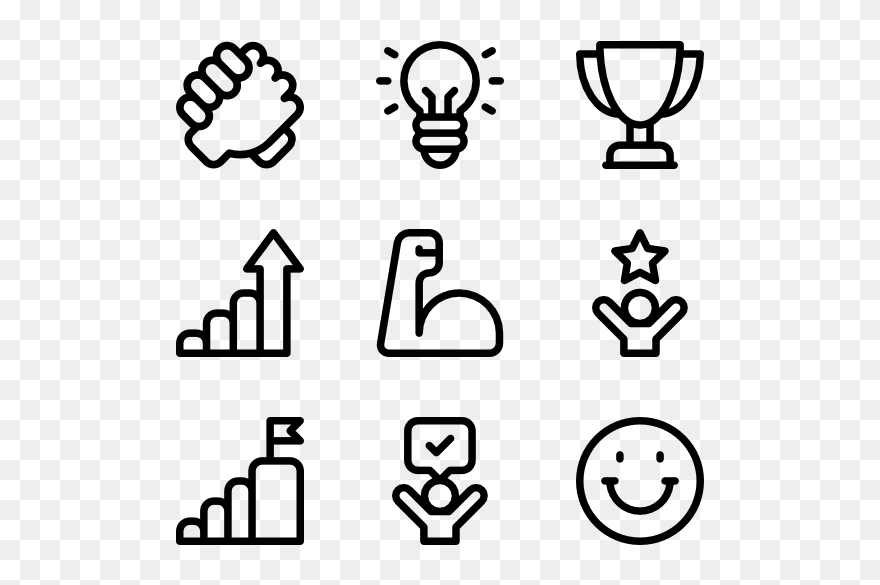Mastering Empathetic Listening: A Multifaceted Approach to Enhanced Human Connection
In an increasingly interconnected world, effective communication and genuine human connection are paramount. While egocentric biases often hinder meaningful interactions, the cultivation of empathetic listening significantly enhances communication efficacy, strengthens interpersonal relationships, and unlocks collaborative potential. This discourse explores fifteen techniques designed to foster this crucial skill, ultimately transforming interactions and building profoundly meaningful connections. We will begin by defining key concepts: active listening (consciously focusing on the speaker's message, both verbal and nonverbal); emotional intelligence (the ability to understand and manage one's own emotions and those of others); and perspective-taking (adopting the speaker's viewpoint to understand their motivations and experiences). These form the theoretical framework underpinning the techniques presented.
Empathetic listening surpasses passive auditory reception; it necessitates a profound emotional engagement with the speaker, encompassing not only the explicit verbal content but also the implicit emotional undercurrents and contextual nuances. This active engagement, deeply rooted in emotional intelligence, serves as the cornerstone of effective communication and trust-building. The practical application of these principles is ubiquitous, ranging from conflict resolution within organizational settings to rapport-building in therapeutic contexts. The efficacy of empathetic listening can be measured through increased understanding, improved rapport, and ultimately, stronger relationships.
1. Mindful Presence and Attention: Cultivating mindfulness, through techniques like focused breathing, eliminates distractions and ensures complete attention on the speaker, demonstrating respect and facilitating a more meaningful exchange. This technique is grounded in the principles of mindfulness-based interventions, demonstrating efficacy in enhancing focus and attention.
2. Holistic Sensory Engagement: Employing all senses—auditory processing, observation of nonverbal cues (kinesics), and intuitive sensing of unspoken emotions—provides a comprehensive understanding of the speaker's message. This approach, aligned with Gestalt psychology's emphasis on holistic perception, allows for a richer and more meaningful interpretation. For instance, in performance appraisals, observing an employee's nonverbal cues alongside their verbal feedback provides a more nuanced understanding of their performance and well-being.
3. Decoding Nonverbal Communication: Nonverbal cues (body language, vocal tone, facial expressions) often convey more than words. Paying close attention to these unspoken messages, informed by established theories of nonverbal communication, provides a holistic understanding of the speaker's emotional state. In recruitment processes, understanding nonverbal cues aids in assessing candidate suitability and cultural fit.
4. Reflective Summarization and Rephrasing: Paraphrasing the speaker's points clarifies comprehension and ensures accurate interpretation. For example, stating "So, if I understand correctly, the project delay stems from resource allocation issues and impacts your team's morale," demonstrates active listening and facilitates accurate understanding. This technique leverages the principle of feedback loops, vital in negotiation and team collaboration.
5. Utilizing Open-Ended Inquiry: Employing open-ended questions ("Can you elaborate on the challenges you faced?" or "How did this affect your workflow?") encourages detailed responses and reveals deeper emotional insights. This aligns with qualitative research methodologies, aiming to gather rich descriptive data rather than superficial answers. This is crucial in conducting employee feedback sessions.
6. Perspective-Taking and Mentalization: Empathy necessitates adopting the speaker's unique perspective, considering their background, experiences, and challenges—a process known as mentalization. This deeper understanding of their motivations improves communication and strengthens relationships. In mediation, mentalizing helps negotiators understand opposing parties’ perspectives leading to mutually beneficial solutions.
7. Validating Emotions: Acknowledging and affirming the speaker's feelings, even without necessarily agreeing with their perspective ("That sounds incredibly frustrating"), demonstrates empathy and promotes open communication. This approach is fundamental in conflict resolution and therapeutic interventions, de-escalating tension and fostering understanding.
8. Affirming Experiences: Recognizing the validity and significance of the speaker's experiences builds trust and strengthens the connection. This is especially critical in therapeutic settings, fostering a sense of being heard and understood, crucial for client empowerment.
9. Embracing Diverse Perspectives: Encouraging varied viewpoints and engaging in respectful dialogue promotes creativity and problem-solving within teams and brainstorming sessions. This approach demonstrates a commitment to inclusivity and effective collaboration.
10. Cultivating Open-mindedness and Non-Judgmental Listening: Approaching conversations without assumptions or judgments, welcoming alternative perspectives, and expanding understanding aligns with principles of critical thinking. This approach is crucial in navigating sensitive topics or differing opinions.
11. Demonstrating Active Listening Through Nonverbal Cues: Nonverbal cues (nodding, eye contact, verbal affirmations) communicate engagement and understanding, improving rapport. These visual and auditory signals enhance the effectiveness of empathetic listening.
12. Navigating Cultural and Communication Differences: Recognizing the influence of cultural background on communication styles necessitates mindful adaptation for respectful and effective interactions. Applying frameworks like Hofstede's cultural dimensions theory can enhance cross-cultural communication.
13. Resisting Interruption and Premature Problem-Solving: Providing a safe space for unhindered self-expression prioritizes understanding before problem-solving; this fosters trust and strengthens the relationship. This approach is fundamental in therapeutic settings, empowering the client and building the therapeutic alliance.
14. Seeking Feedback for Continuous Improvement: Inquiring about the speaker's feeling of being heard demonstrates commitment to effective communication and provides valuable feedback, aligning with principles of continuous improvement and enhances communication proficiency.
15. Empathetic Listening as a Developed Skill: Consistent practice and deliberate effort are crucial for mastering empathetic listening. This skill improves with repeated application and feedback, underscoring the role of deliberate practice in skill development.
Conclusions and Recommendations: Empathetic listening, deeply rooted in emotional intelligence and active listening principles, is a transformative skill that significantly enhances personal and professional relationships. By prioritizing understanding and actively engaging with diverse perspectives, individuals can foster empathy, build trust, and create more harmonious interactions. Integrating these techniques into daily communication yields positive impacts on well-being and overall relationship quality. Future research should investigate the neural mechanisms underpinning empathetic listening and develop personalized training programs tailored to individual learning styles and communication preferences. The wide applicability of empathetic listening across various sectors, from organizational leadership to international relations, underscores its importance in enhancing communication effectiveness globally.
Reader Pool: How can organizations effectively integrate empathetic listening training into their leadership development programs to foster a more inclusive and communicative work environment?





No comments yet. Be the first to share your thoughts!